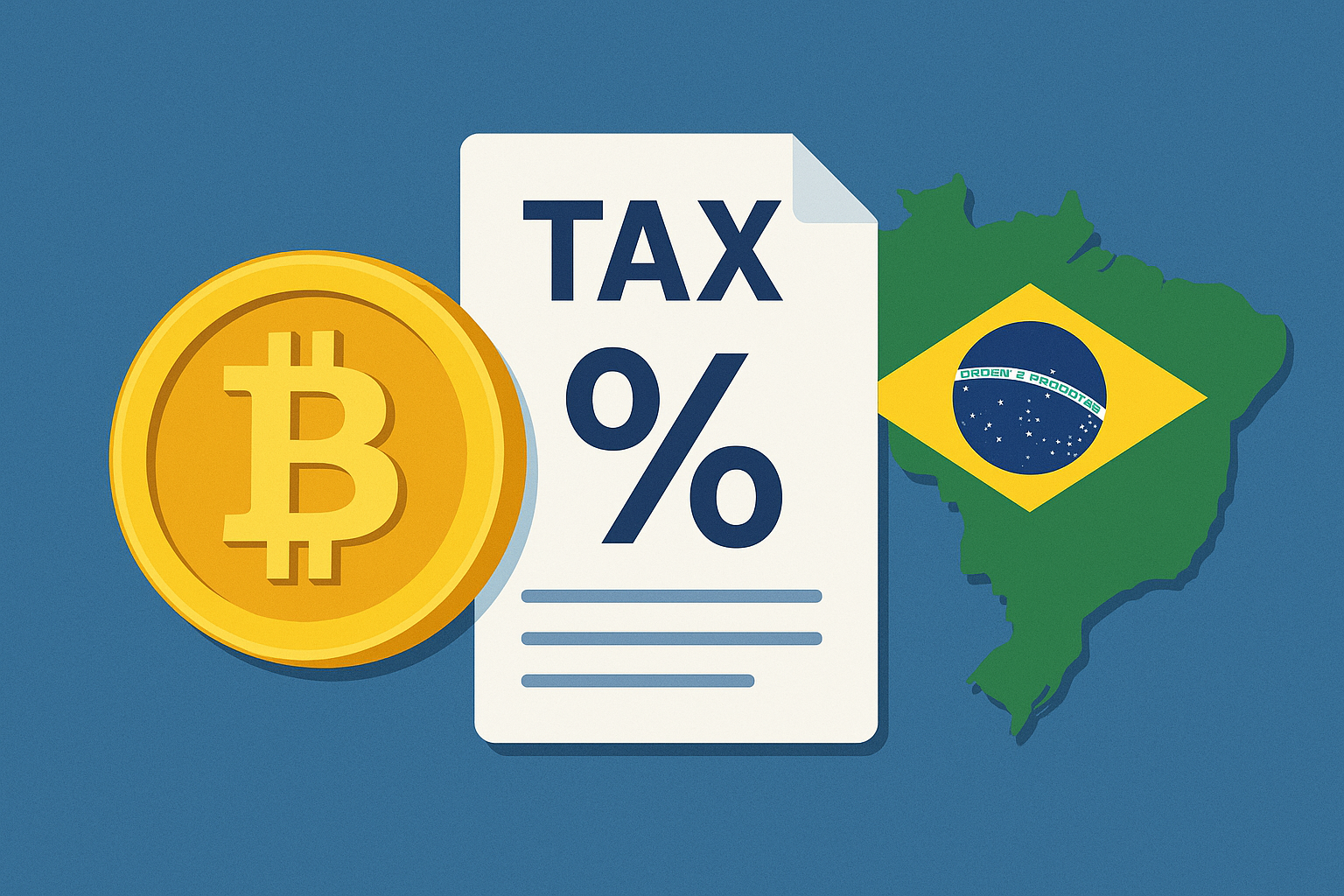Altcoin News
Why Investors Were Bailing From Altcoins This Week

Introduction
In early 2025, the cryptocurrency market experienced a significant shift as many investors started pulling back from altcoins. While Bitcoin and Ethereum remained relatively stable, a sudden wave of sell-offs and declining valuations gripped smaller cryptocurrencies. This trend left many market analysts and investors questioning the underlying causes.
This detailed analysis explores the reasons behind the retreat from altcoins, examines broader market implications, and looks ahead to what this means for the future of the crypto market.
The Appeal Of Altcoins: A Double-Edged Sword
Altcoins, or alternative cryptocurrencies, have long promised investors opportunities for diversification and high returns. From emerging projects addressing specific use cases to tokens providing unique decentralized finance (DeFi) functionalities, altcoins have been the experimental ground for innovation in the blockchain ecosystem.
However, the very traits that make altcoins appealing—speculation, niche markets, and high volatility—can also be their undoing. Over-reliance on speculative trends and insufficient adoption often lead to sharp price corrections.
Key Points:
- Altcoins are often more volatile than Bitcoin or Ethereum.
- Their valuations are highly susceptible to market speculation and investor sentiment.
The Market Sentiment Shift In January 2025
January 2025 marked a period of declining confidence in the crypto market. While Bitcoin was seen as a safe haven asset in times of uncertainty, altcoins struggled to maintain investor interest.
Several factors contributed to this shift in sentiment:
Economic Uncertainty: Rising interest rates and regulatory crackdowns worldwide created a risk-averse environment. Investors leaned toward assets with lower risk profiles, such as Bitcoin.
Performance Disparity: Many altcoins failed to deliver on their promises, with underwhelming project development and slow adoption rates contributing to dwindling faith.
Key Economic Factors Impacting Altcoins
The macroeconomic landscape played a crucial role in the decline of altcoin investments. Here are some of the most significant factors:
Rising Interest Rates
Global central banks continued to hike interest rates in response to inflationary pressures. This led to reduced liquidity in financial markets, prompting investors to prioritize lower-risk investments.
Regulatory Crackdowns
Governments across major economies tightened regulations around cryptocurrencies. In particular, smaller projects and unregistered altcoins were targeted for failing to comply with security and consumer protection standards.
Market Overcrowding
With over 10,000 altcoins in circulation, the market became saturated. Many tokens lacked unique value propositions, leading to a dilution of investor interest.
Poor Project Fundamentals: The Achilles’ Heel Of Altcoins
A significant number of altcoins have faced scrutiny for weak project fundamentals. Tokens that fail to deliver on their roadmaps or lack transparency have eroded trust among investors.
Examples of Poor Fundamentals Include:
Failed Projects: Several altcoins launched in previous years have gone defunct, unable to sustain their ecosystems or communities.
Pump-and-Dump Schemes: Some investors have fallen prey to schemes designed to artificially inflate prices before collapsing.
The Role Of Institutional Investors
Institutional investors have played a pivotal role in shaping the cryptocurrency market. Over the years, many have favored Bitcoin and Ethereum due to their established reputation and regulatory clarity. However, altcoins have struggled to gain traction in institutional portfolios.
Institutional Preferences:
Altcoins are often deemed too speculative for institutional risk thresholds.
Limited liquidity in smaller tokens deters large-scale investments.
The Ripple Effect On Crypto Exchanges
As investors exited altcoins, crypto exchanges faced reduced trading volumes in these assets. Smaller exchanges that relied on niche tokens to attract users bore the brunt of this shift, with many struggling to sustain operations.
Community Responses And Market Predictions
The retreat from altcoins has sparked debates within the crypto community. While some argue this correction is a healthy purge of non-viable projects, others warn that it could stifle innovation.
Community Perspectives:
Optimistic Viewpoint: Strong projects will survive and continue to innovate, leading to a more mature market.
Pessimistic Viewpoint: A lack of support for experimental projects could slow down the pace of blockchain innovation.
Future Outlook: Can Altcoins Regain Momentum?
The future of altcoins depends on several factors, including regulatory clarity, technological innovation, and adoption rates. To regain investor confidence, altcoin projects must focus on:
- Delivering tangible value through real-world use cases.
- Improving transparency and compliance with regulatory standards.
- Building robust ecosystems that attract long-term investors.
Lessons For Investors
For investors, the recent sell-off serves as a reminder of the risks associated with altcoin investments. Diversification, thorough research, and a focus on project fundamentals are key to navigating the volatile cryptocurrency landscape.
Conclusion
The January 2025 retreat from altcoins underscores the dynamic nature of the cryptocurrency market. While these assets hold immense potential for innovation, they also come with significant risks. Investors must tread carefully, balancing their portfolios with a mix of established and emerging assets.











